- Joined
- Mar 22, 2014
- Messages
- 99
- Reaction score
- 29
- Location
- London , Kentucky
- Can others edit my Photos
- Photos OK to edit
Ok so I think I have a pretty good grasp of composition and my posing is getting better. I'm ready to jump headlong into off camera flash for portraiture. My recent threads for C&C of my portraits has shown me the need to focus on this aspect of my photography. So, I need advise on starting out. I've played some with the camera in manual as well as the flash and gotten some decent images. But, it took A LOT of trial and error to obtain those images I felt were "Keepers".
Here is an example of one of my "Keepers" Not up to some of your standards but, not bad in my humble opinion for a beginner.

Here's the question and request for advise:
As a Newbie in off camera flash would I better off shooting the body in manual and the flash in ETTL (Canon 5DMK3 / Canon 600ex-rt with ST-E3-RT radio trigger) (Is this even possible ? ) Or should I just fumble along playing with the flash until I learn to set the proper flash exposure ? I understand the principle of obtaining the ambient exposure first then adding flash to the desired exposure and effect. And, for the most part I understand the interactions of ISO, shutter speed and Aperture . And how each affects the overall exposure.
I'm doing some natural light portraits for friends and friends of friends and, I'd like to be able to step up my game without looking like a fumbling idiot !
So, How do I proceed..................?
Thanks,
Mike
Here is an example of one of my "Keepers" Not up to some of your standards but, not bad in my humble opinion for a beginner.

Here's the question and request for advise:
As a Newbie in off camera flash would I better off shooting the body in manual and the flash in ETTL (Canon 5DMK3 / Canon 600ex-rt with ST-E3-RT radio trigger) (Is this even possible ? ) Or should I just fumble along playing with the flash until I learn to set the proper flash exposure ? I understand the principle of obtaining the ambient exposure first then adding flash to the desired exposure and effect. And, for the most part I understand the interactions of ISO, shutter speed and Aperture . And how each affects the overall exposure.
I'm doing some natural light portraits for friends and friends of friends and, I'd like to be able to step up my game without looking like a fumbling idiot !
So, How do I proceed..................?
Thanks,
Mike


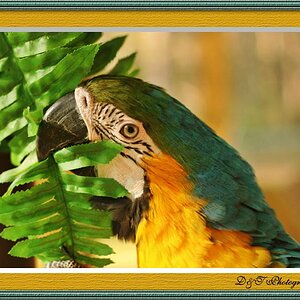
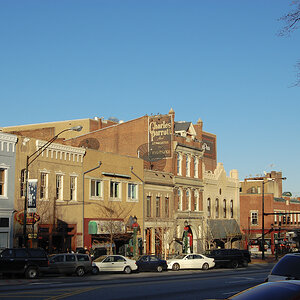
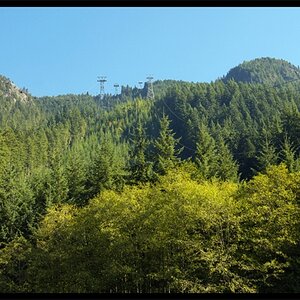
![[No title]](/data/xfmg/thumbnail/30/30871-c87f97bf2d9d493b4c08ba6482680038.jpg?1619734488)
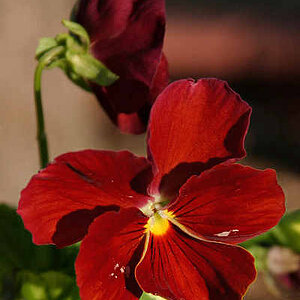
![[No title]](/data/xfmg/thumbnail/41/41490-6af71315284539e04ae1878cda0d613f.jpg?1619739818)
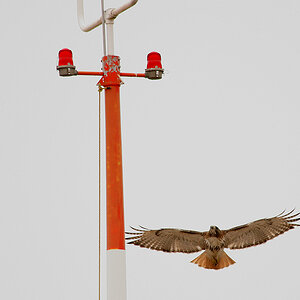
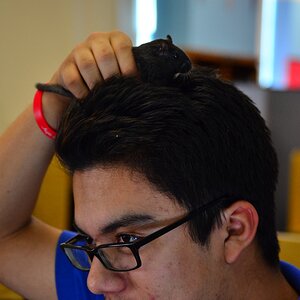


![[No title]](/data/xfmg/thumbnail/30/30873-79f4c5bc298110a994e9eed027728db8.jpg?1619734490)
